Trending Now
Thursday, Nov, 2024
Home / Traditional Structure of Education In India
Traditional Structure of Education In India
The Indian education system has been over the top, with empty classrooms, chalk and board methods, Reservations quotas
Image Courtesy : www.orchidsinternationalschool.com
Education is not just about books but a part of teaching and learning. The earlier educational processes involved sharing knowledge about providing shelter, gathering food, making weapons, and other tools.
Traditional education is also called conventional education. The main motif of traditional education is to pass on ethics, manners skills, and social practice to the future generation which is necessary for their survival.
Moreover, learning language, acquiring the values and behaviour of the people. Before the formulation of reading and writing, people lived in a surrounding in which they sparred to survive against natural forces, animals, and other humans.
In traditional education, the student learns about the customs and traditions of the society in which he or she lives. This type of education is mostly given to the students by means of oral recitation. There is very little written work or practical work. The students merely sit down together and listen to the teacher or other students who recite the lesson. The type of education does not include written tests but some oral tests are taken which are not very formal.
The traditional education system basically included the knowledge about customs, traditions, and religions. That is why it is called traditional education.
The traditional education which was provided in schools was not meant for all the pupils. There was a lot of discrimination between them. It was contemplated that education was meant for only high society people.
The children who belonged to the lower society/ division families were not allowed to enter the schools. The traditional education was not meant for everyone.
Obviously this stereotypical thinking has evolved with time and education has become a fundamental right.
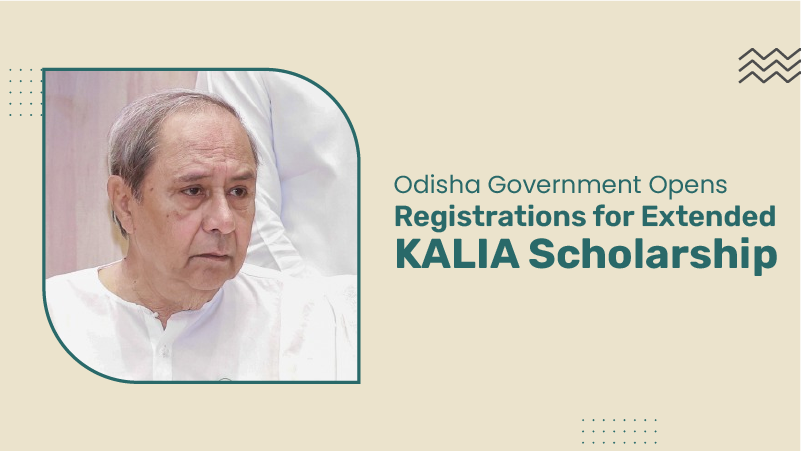
Reforms / January 11, 2024
Odisha Government Opens Registrations for Extended KALIA Scholarship
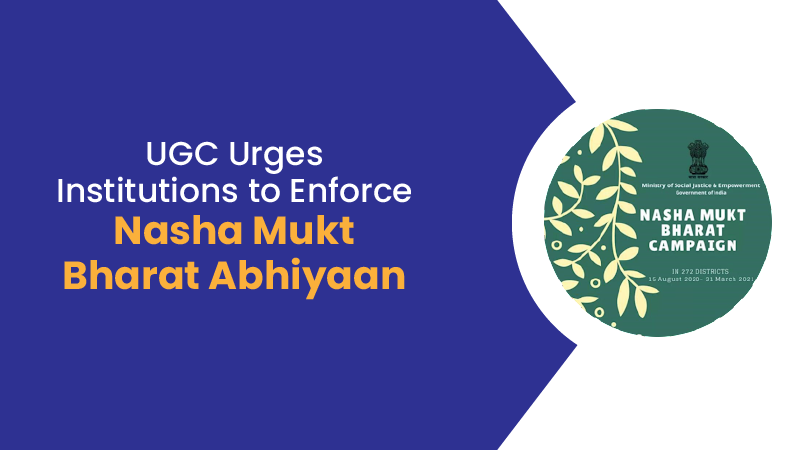
Reforms / January 03, 2024
UGC Urges Institutions to Enforce Nasha Mukt Bharat Abhiyaan
EShort / February 16, 2024
IMS Noida Admissions 2024: Apply for UG, PG programmes
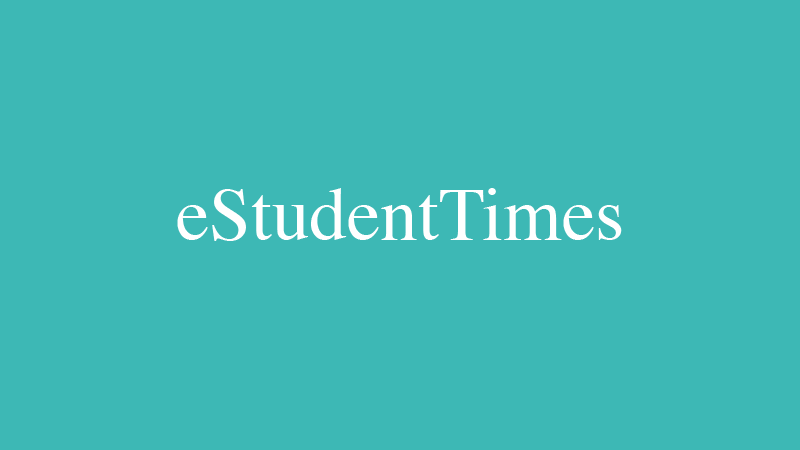
EShort / February 16, 2024
GATE 2024: Response sheet out
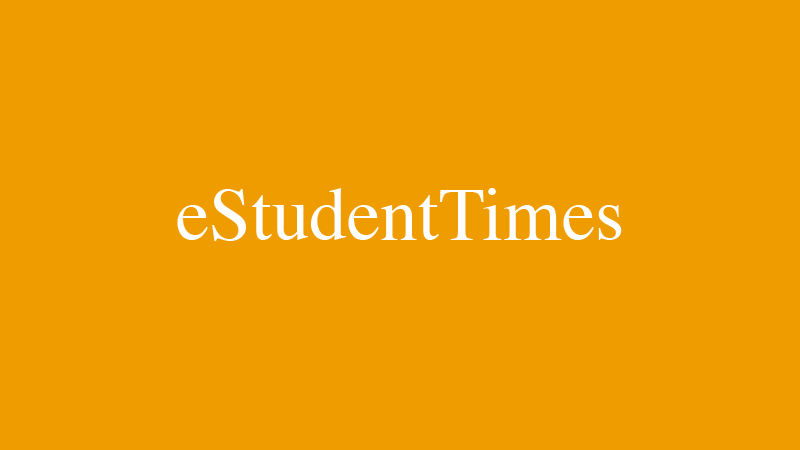
EShort / February 16, 2024
BSSTET 2023: Admit card released

EShort / February 16, 2024
NID DAT 2024: Prelims result released
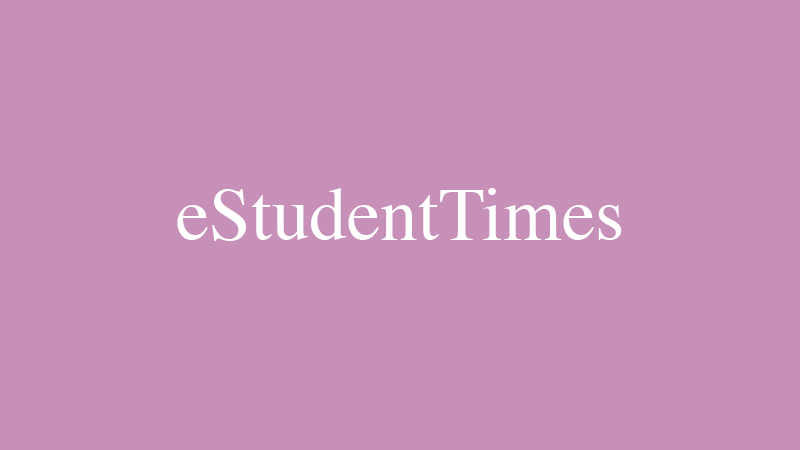
EShort / February 16, 2024
IIT JAM 2024: Response sheet released

Jobs / February 16, 2024
UPSC Recruitment Drive 2024: Apply for 120 vacancies in various departments

EShort / February 14, 2024
UPSC CSE 2024: Official Notification issued; application process begins
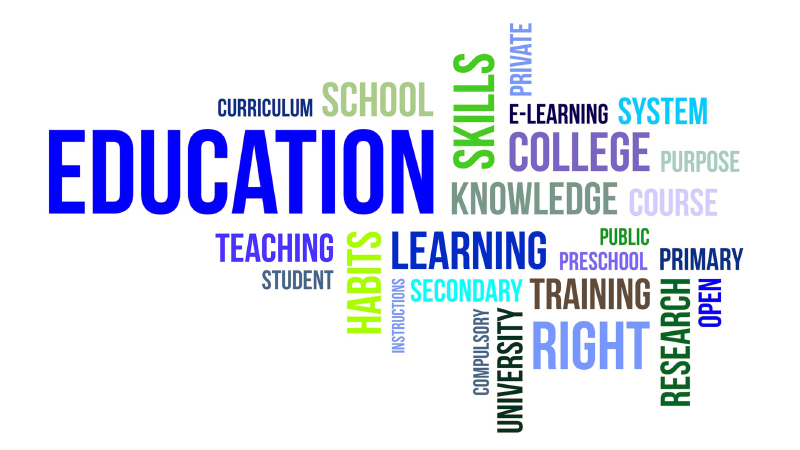
Editor's Desk / April 17, 2020
How Does Society Impact Our Education?
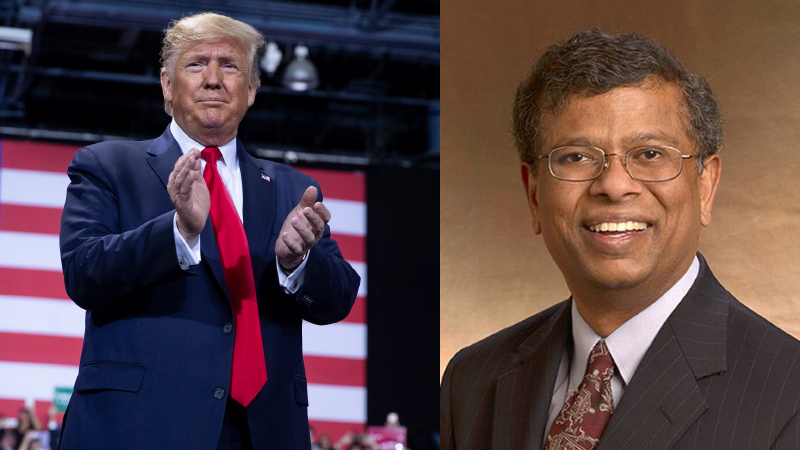
Current Affairs / April 22, 2020
Mr. Sudarsanam Babu appointed to U.S. Science Board.
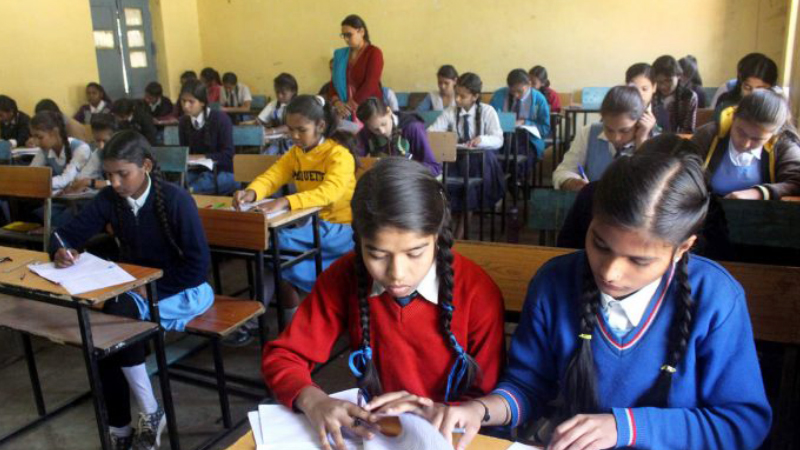
Reforms / April 17, 2020
Traditional Structure of Education In India
.jpg)
Events & Seminars / April 17, 2020
PISA!!
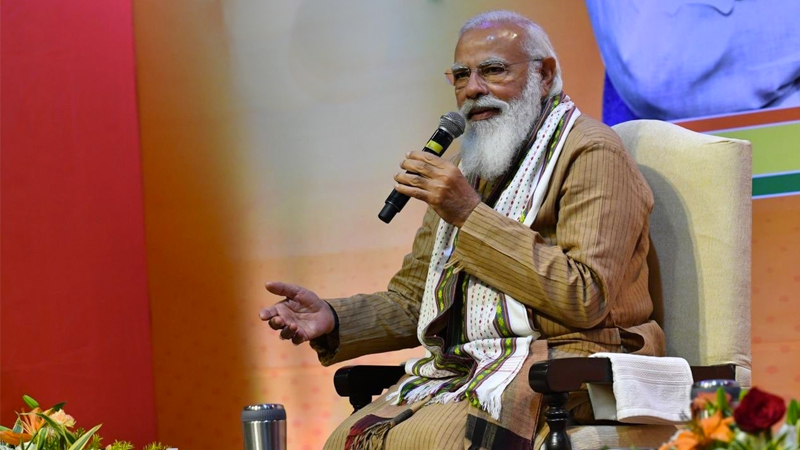
Blog / February 26, 2021
Government's Action On #ModiRojgaarDo
EShort / May 19, 2022
CUET PG 2025 has started the registration process.
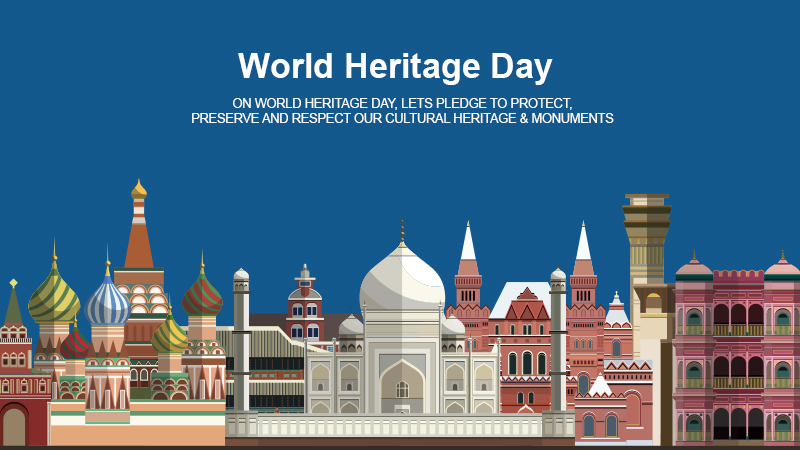
Notice Board on Important Dates / April 21, 2020
World Heritage Day
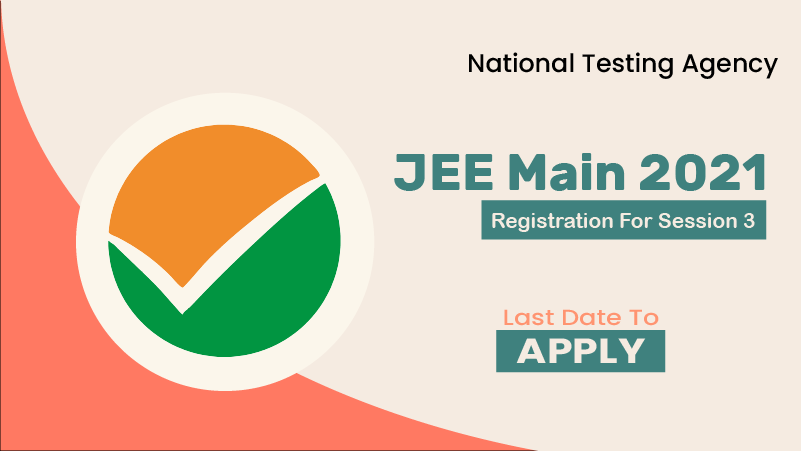
News / July 08, 2021
JEE Mains Registration For Session 3: Last Date To Apply
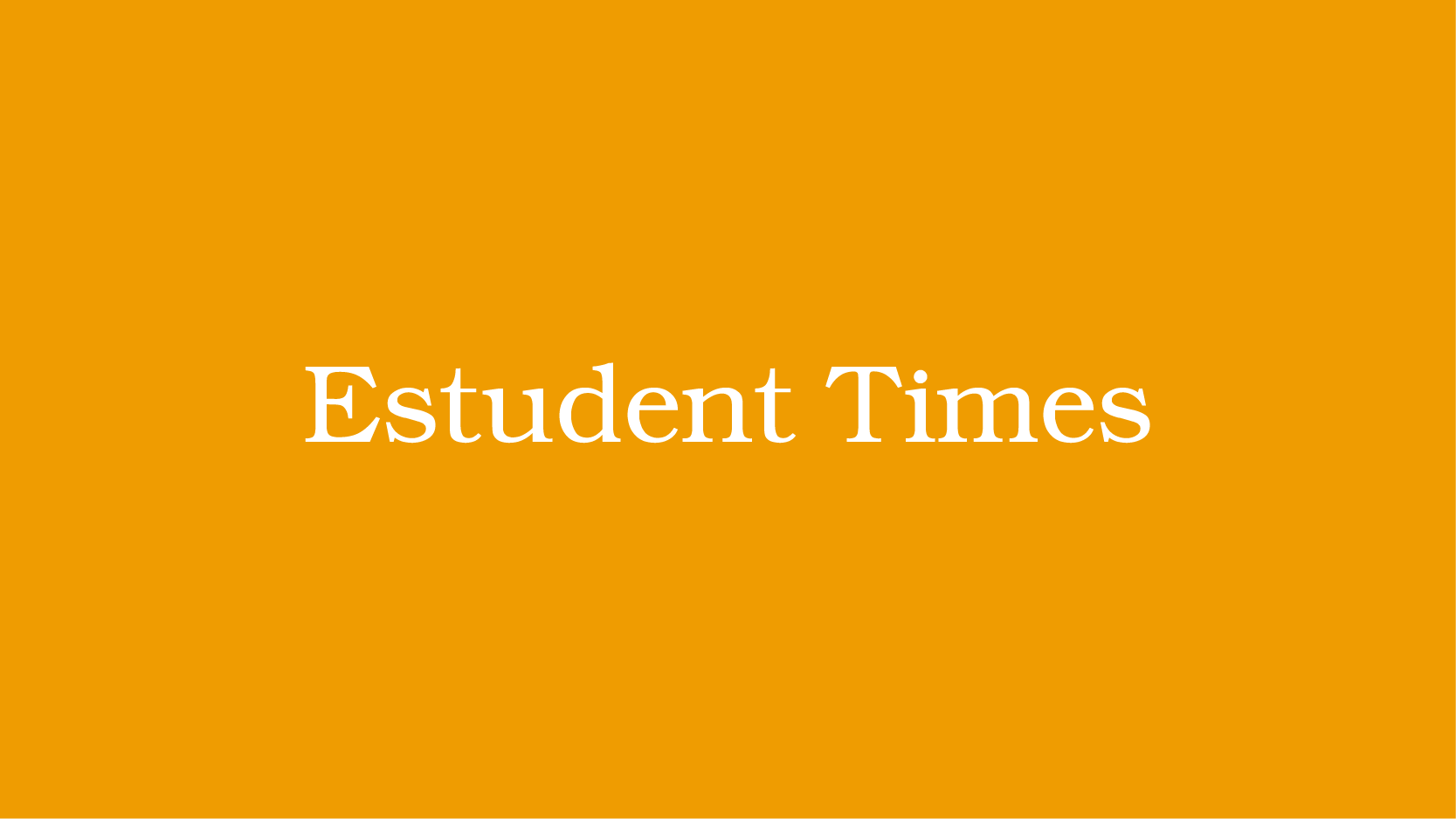
EShort / December 14, 2021
UPSC Declared Final Result For DCIO Recruitment


 by
by  17 Apr 2020 10:54 AM IST /
17 Apr 2020 10:54 AM IST /  0 Comment(s) / 9588
0 Comment(s) / 9588 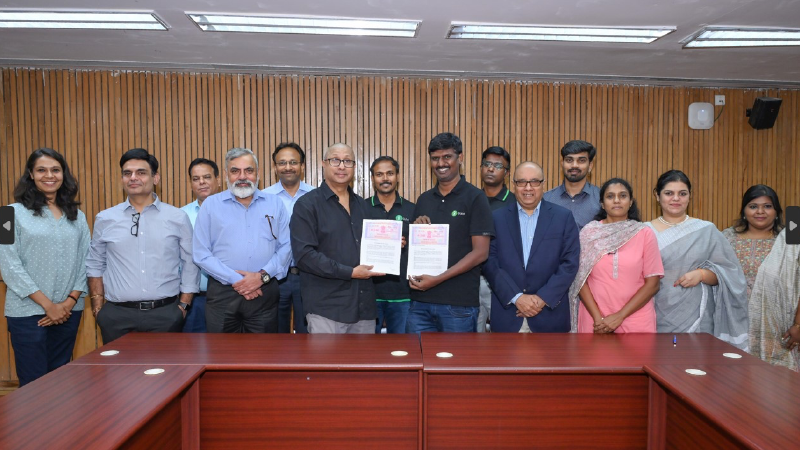
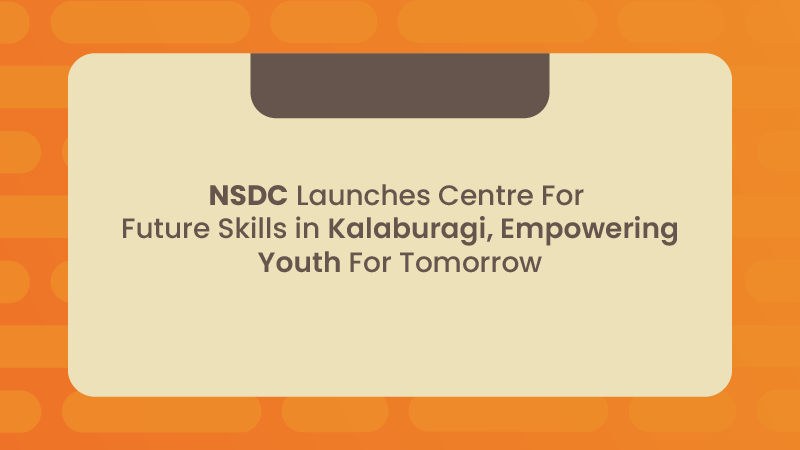
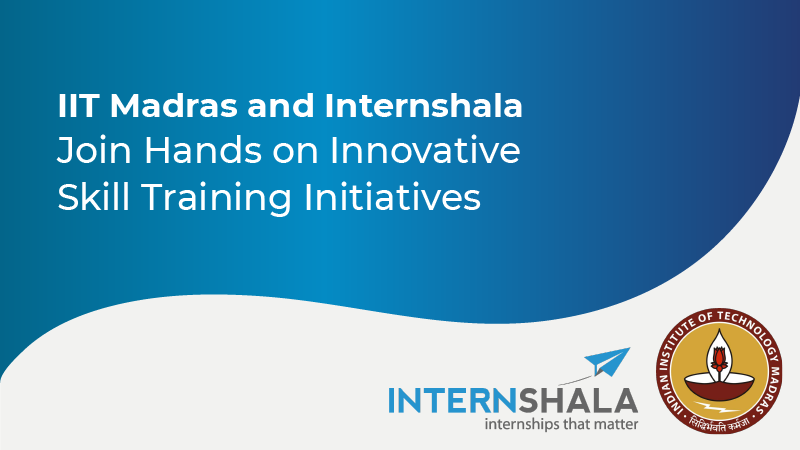
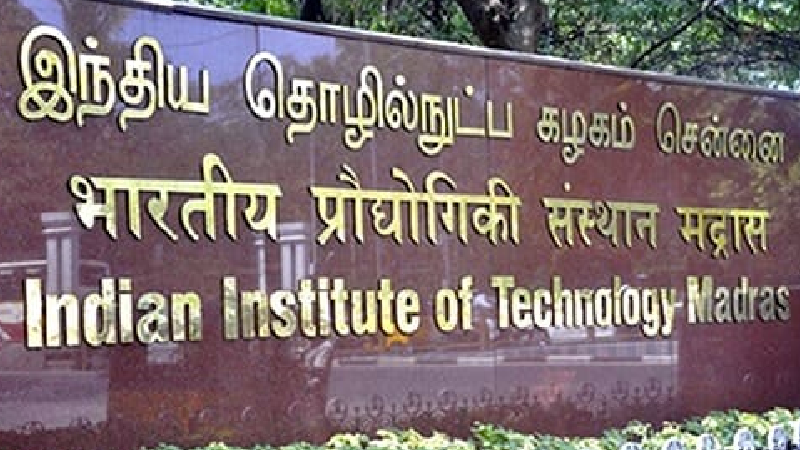
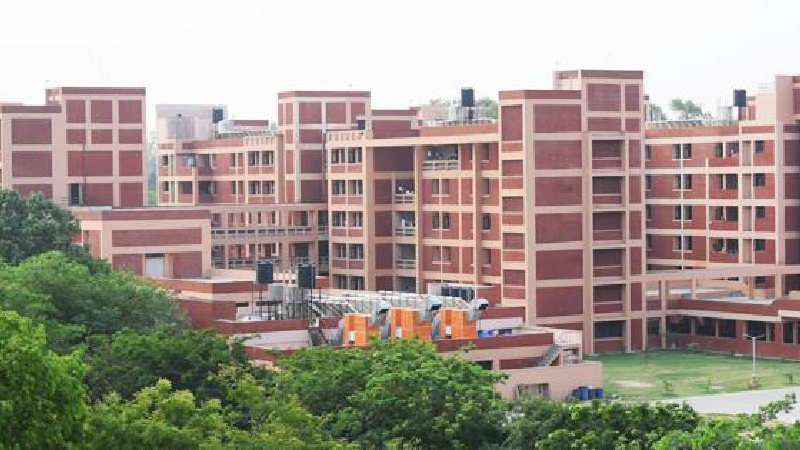
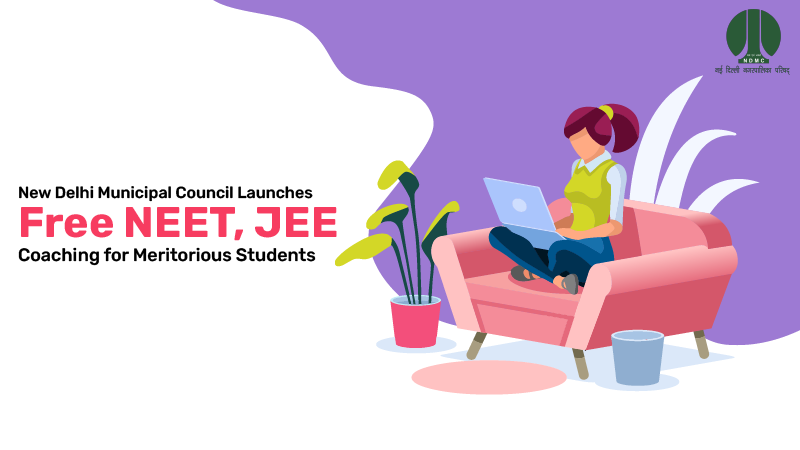

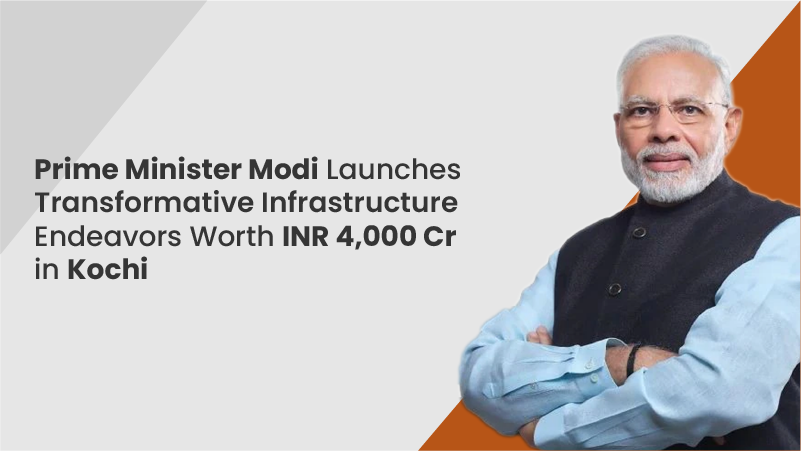
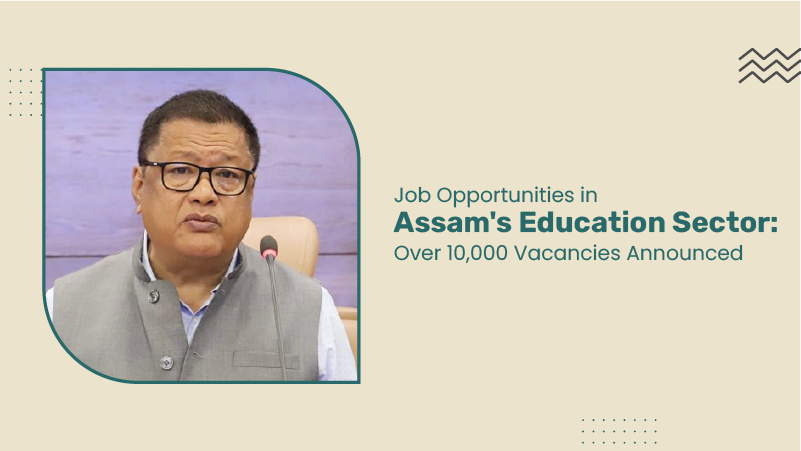
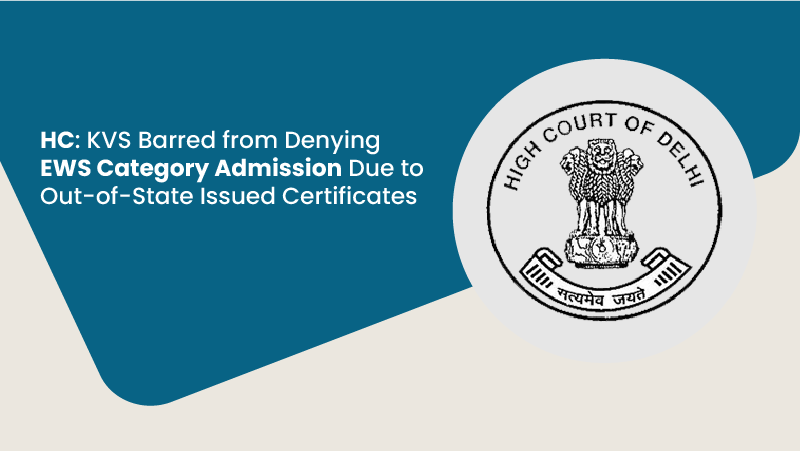
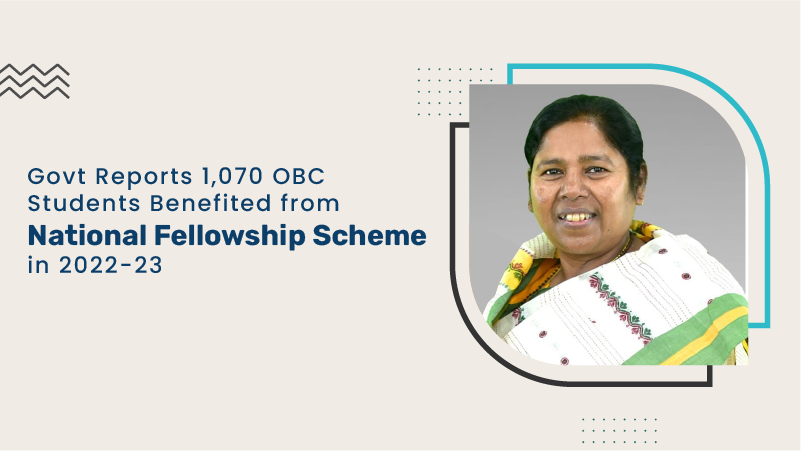
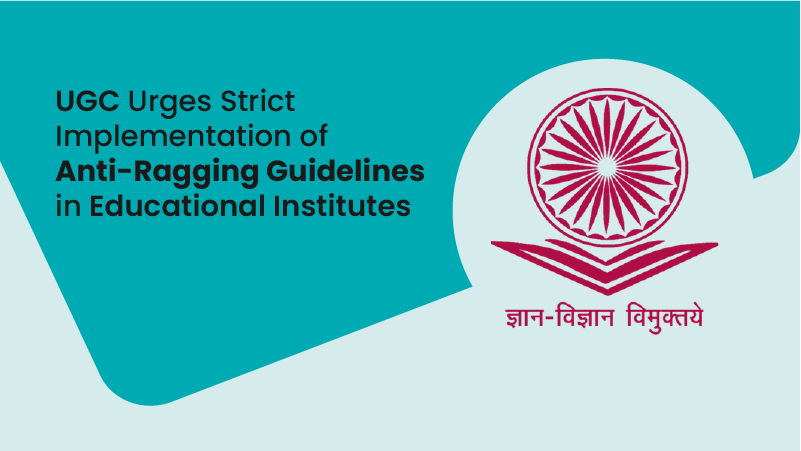
-02.png)
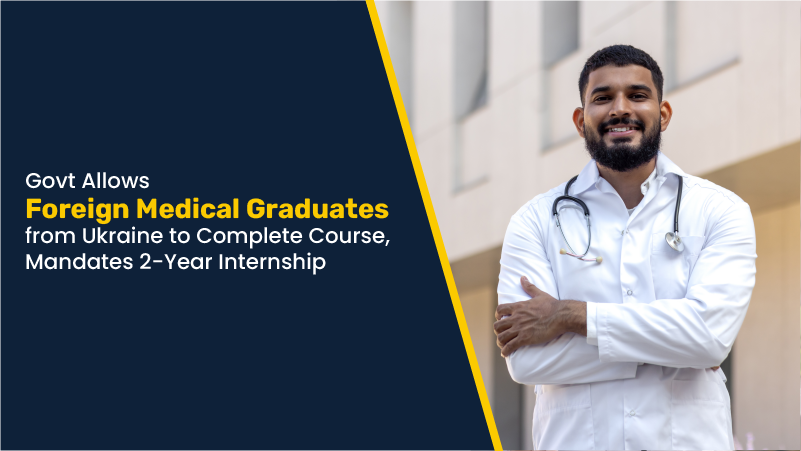
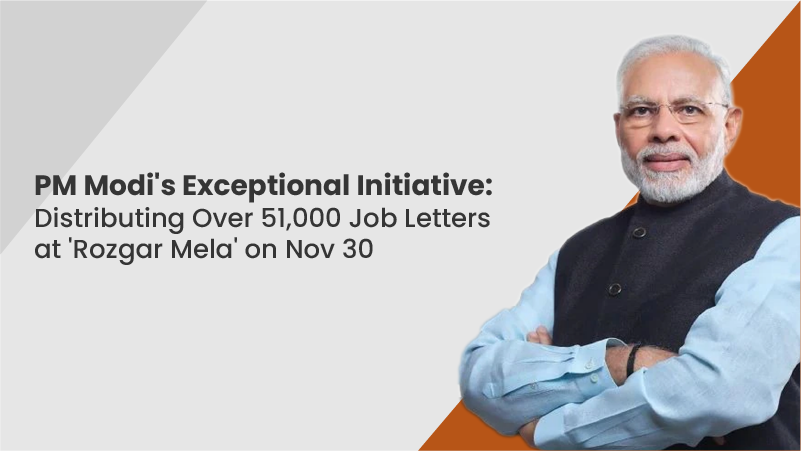

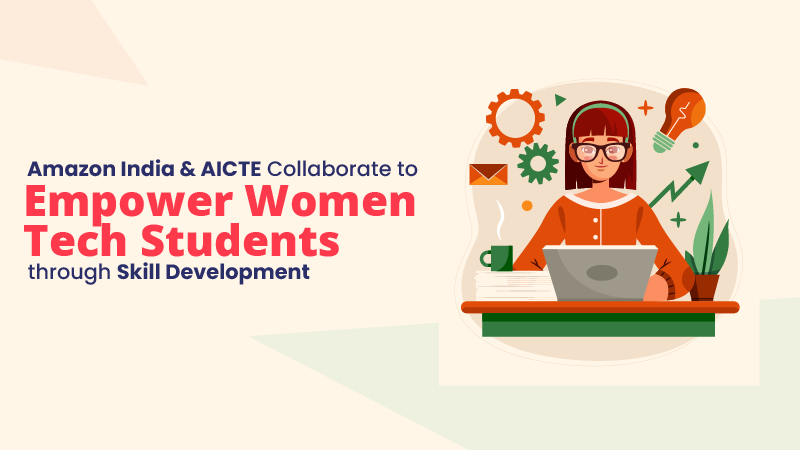
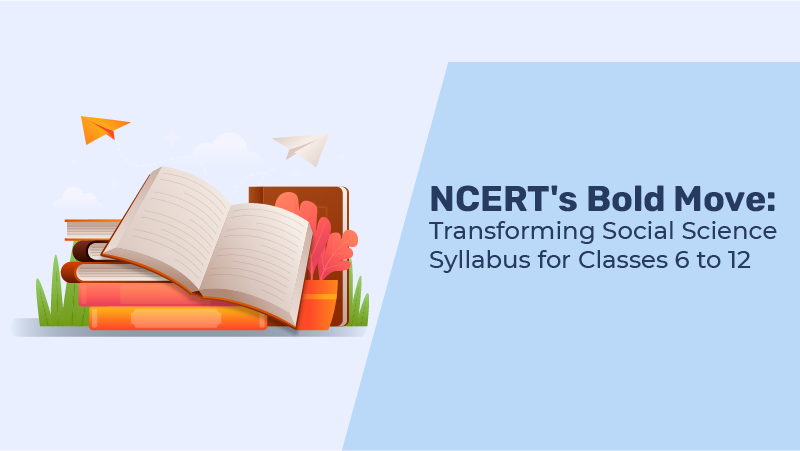
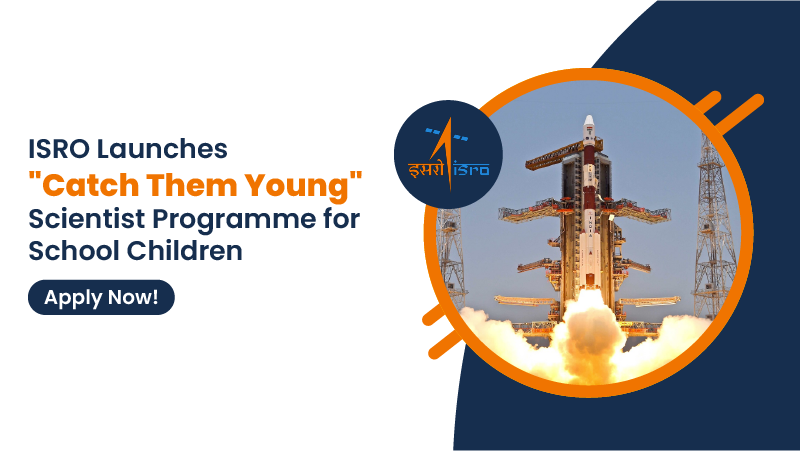
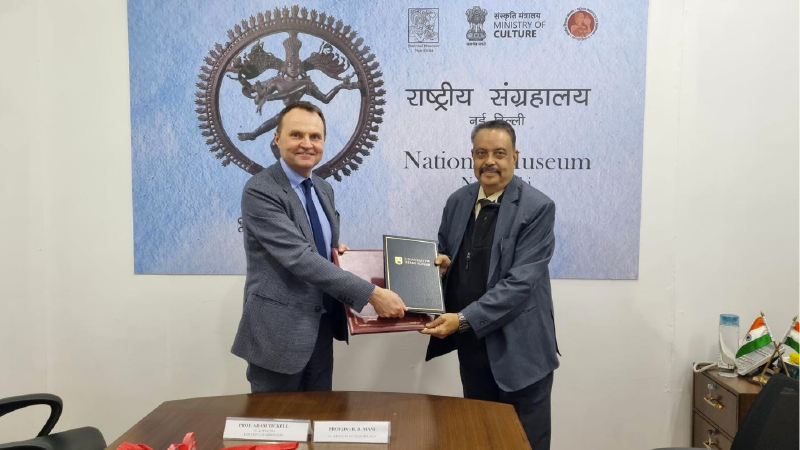
0 Comments
Post Comments